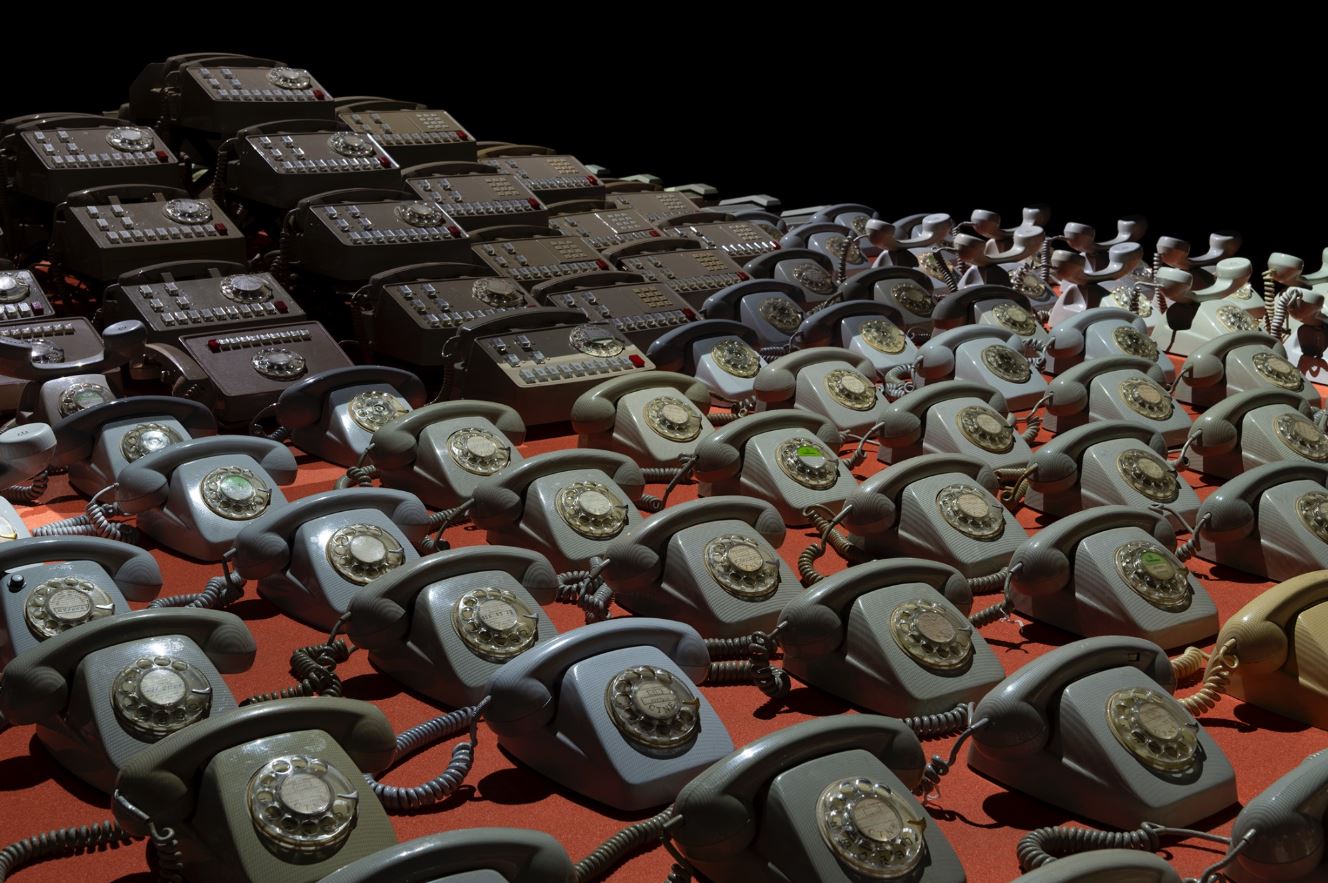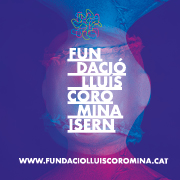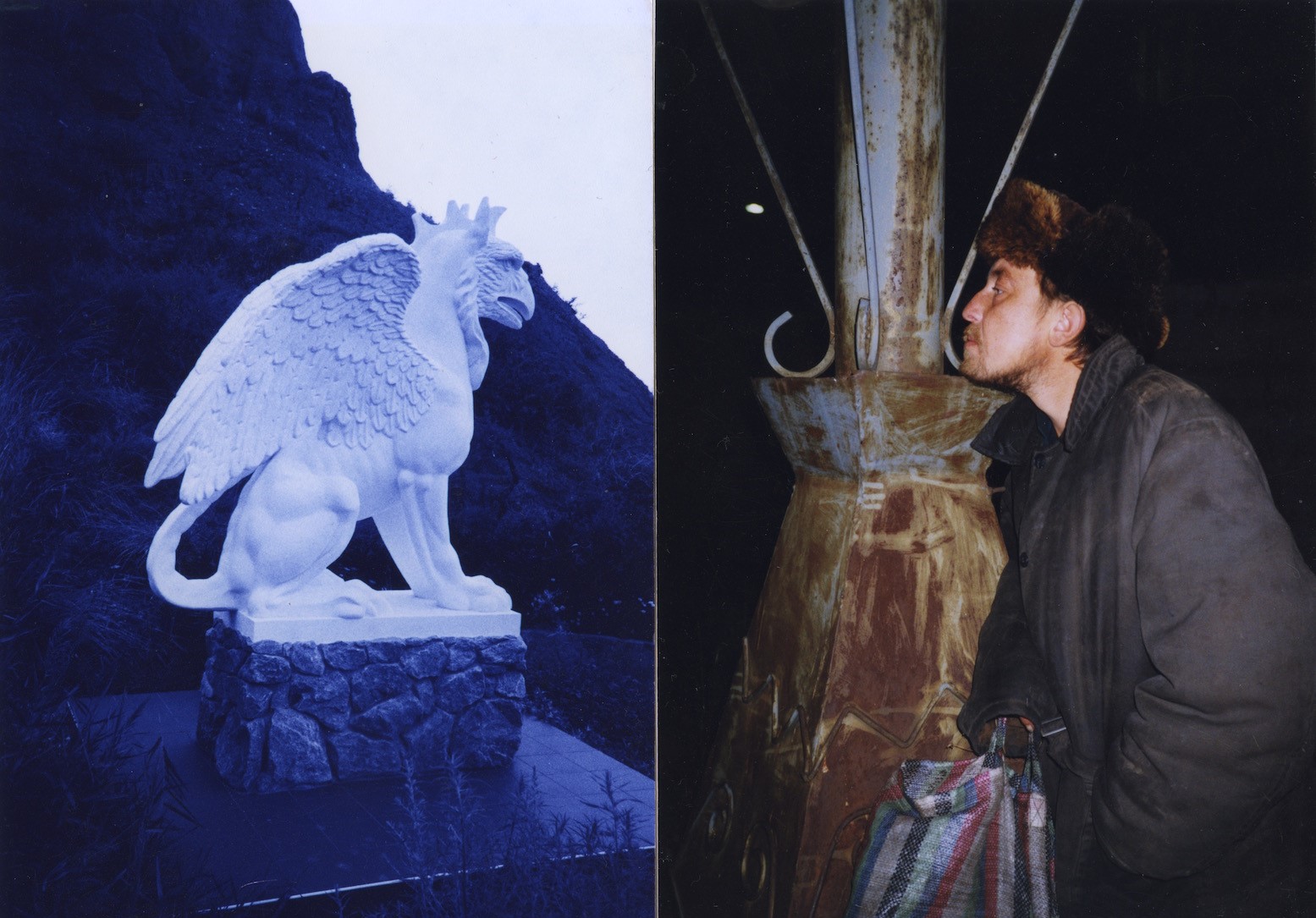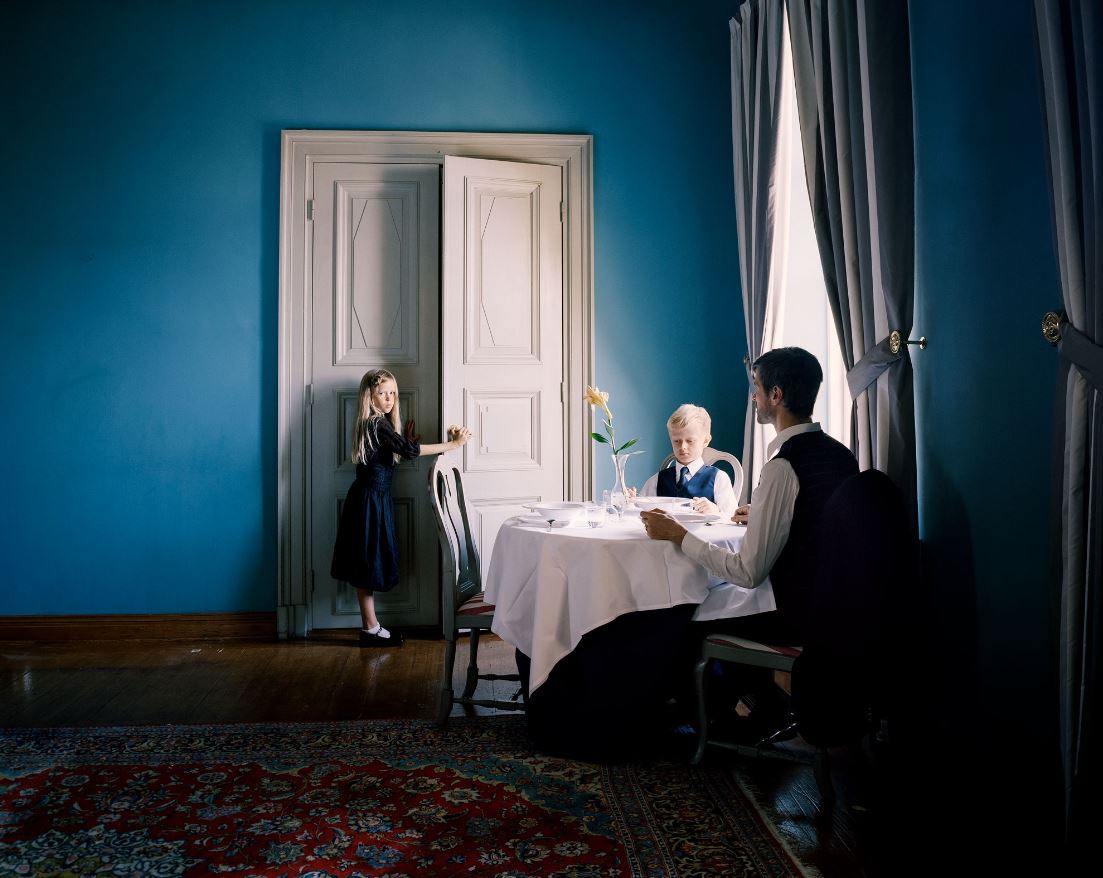interviews
Maria Brancós Barti: "We have found that exhibitions are great tools for transformation or, at least, for raising awareness."
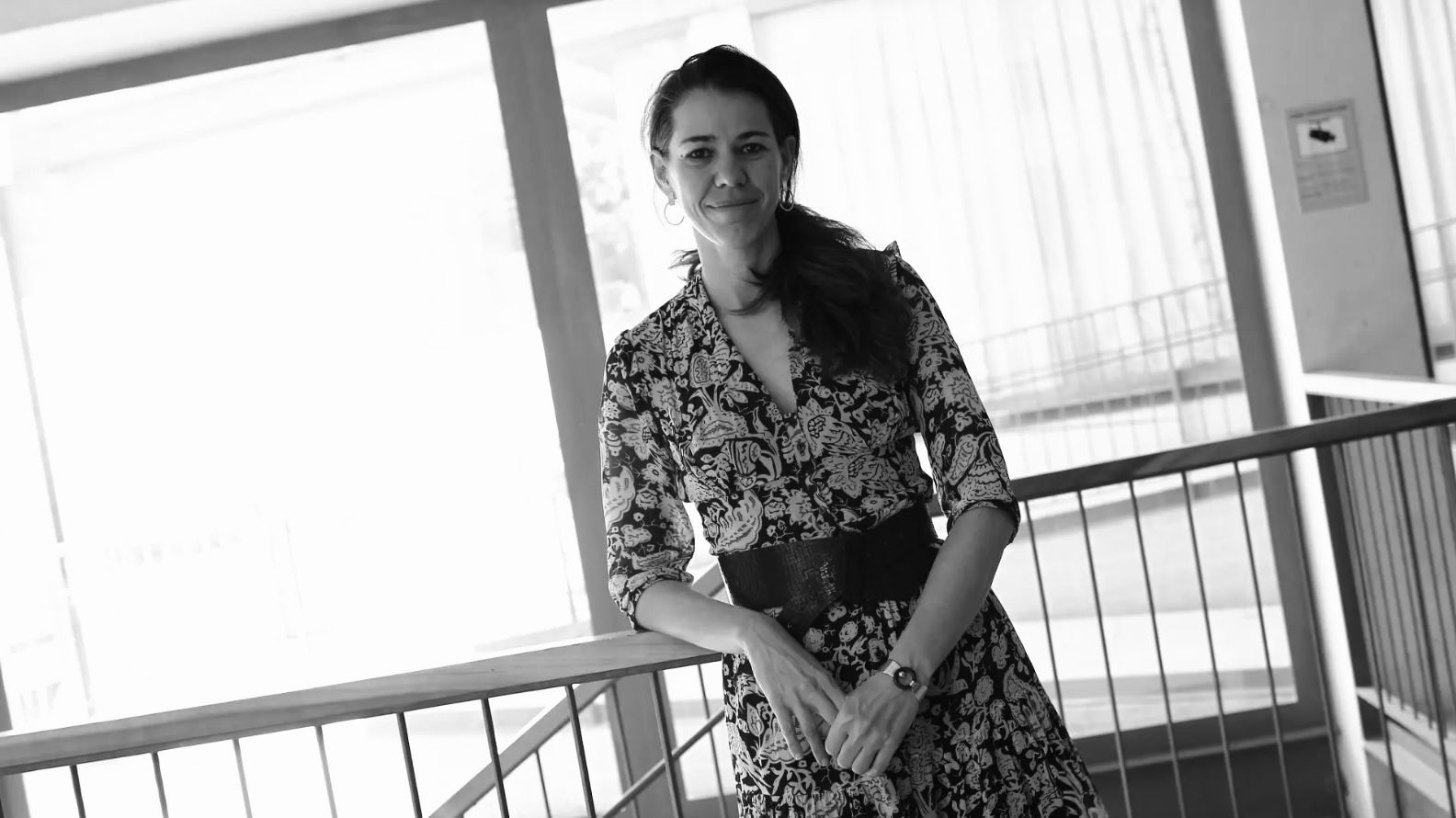
Currently responsible for Exhibitions and Collections at the Telefónica Foundation, Maria Brancós has a significant career in the world of culture and the arts.
Graduated in Humanities from the Pompeu Fabra University, she also has a master's degree in Ephemeral Architecture and Exhibition Assemblages, and in Art Theory. Her career took her to London, where she majored in cultural management at City University and began research into the power of art as a tool for social transformation. He has worked in institutions such as the "la Caixa" Foundation and Tate Britain. Currently, from the Telefónica Foundation, he leads his own exhibition program that explores the major themes of digital transformation and promotes the use of new technologies in artistic creation.
Ricard Planas Camps. To begin with, what is the Telefónica Foundation's line of exhibitions?
Maria Brancós Barti. The collection and line of exhibitions of the Telefónica Foundation have been based for many years on photography. This is basically due to the fact that we perceived the need, throughout Spain and more specifically in Madrid, of spaces and collections that would enhance this modality within the world of visual arts, although there are examples such as the collection by Rafael Tous. Thus, we built a path with exhibitions of historical and contemporary authors such as Río Branco, for example.
RPC They've been immersed in another approach for a while now, haven't they?
MBB Yes, after filling a gap in photographic subjects, we changed the focus. Now we have all over the country, and also in Madrid, institutions such as the Mapfre Foundation, PhotoEspaña, or others in Catalonia such as Fotocolectània, the Panoràmic festival, Incadaqués, Scan... and many other places that regularly schedule exhibitions of photography or analog images or digital Faced with this panorama, we thought it appropriate to focus on the relationship between art and technology.
RPC But they have just opened an exhibition by Jaume Plensa...
MBB (Smile) - True, but it was a one-off issue to commemorate Telefónica's centenary. The collection acquired a work by the author from our other headquarters outside of Madrid, and we thought it appropriate to complement it with an exhibition of this first-rate international artist, who had not presented a work for some time retrospective of these characteristics in Madrid.
RPC Do you plan to resume and expand the exhibition proposals that explore the relationship between art and technology?
MBB The Telefónica Foundation has been working in this line for some time, since the nineties, with artists such as Antoni Muntadas and Daniel Canogar. Now we have decided to step it up, as technology has entered our lives in a fundamental way and needs reflection and critical sense to manage it. Art constantly raises these questions and pushes everyday actions to the limit. In the exhibition 'Looks that communicate', Valcárcel Medina, among others, already appeals to this critical sense.
RPC Beyond art and technology, they have also focused attention on Big Data and are now entering the field of Artificial Intelligence?
MBB Yes, topics such as AI, which we tackled with a magnificent exhibition by Claudia Giannetti, and Big Data, which we worked on with a joint exhibition with the Center de Cultura Contemporània de Barcelona (CCCB), allow us to delve deeper into questions about which we still do not have enough historical distance, but which are worth exploring. AI is no longer science fiction, but anticipated reality. In this sense, we found many surprises, like when we worked on fake news and saw that the history of fake news has been a great strategy within the geopolitical history of humanity.
 'Conversaciones telefónicas', Isidoro Valcárcel Medina (1973). © Fundació Telefónica
'Conversaciones telefónicas', Isidoro Valcárcel Medina (1973). © Fundació Telefónica
RPC What other lines do you want to deepen?
MBB We have specialized in impact issues, issues with a fast expiration or aspects that are often not dealt with in a clear and understandable way. We have a very heterogeneous audience and we are putting a lot of emphasis, from the beginning, on the educational side. We have found that exhibitions are great tools for transformation or, at least, for raising awareness. Among the topics we are working on, there is the quantum revolution and biomimetics, which are lines that are of great interest to us.
RPC I mentioned co-productions earlier. Do you think they are directly linked to cultural sustainability?
MB In a big way, yes. After the pandemic, everyone understood that making more and more exhibitions was not the way, that it was necessary to optimize efforts and resources, to work in a network, with articulating agents who follow lines similar to yours. This enriches the teams and brings new perspectives.
RPC How do you see the effort that culture must make to reduce the ecological footprint of its actions?
MBB We are demanding it in all areas, and in the world of culture we have often not given it the importance it deserves. This leads us to think that in addition to printing less paper, it is also important to reduce the sending of emails and messages, as they consume a significant amount of energy. You also need to consider the source of energy that is used…
RPC On the other hand, how do you approach the visibility of women artists, considering the systemic lack of presence they have had in the major artistic exhibition circuits over the years?
MBB We are aware of the problems regarding the presence of women in art, and we have programmed artists who we believe deserve visibility, both in individual and group exhibitions. For example, in the current exhibition 'Looks that communicate' we have contributions such as those of Eugènia Balcells, a pioneer in art and technology, or Laia Torrent, of the duo Cabosanroque, which have been key.
RPC And finally, how do you approach the subject of Eurocentrism in art and the new foci of interest that emerge in the global arena (Asia, Africa...)? Is there a special emphasis on relations with Latin America?
MBB We have maintained a very close relationship with Latin America, where both the company and the Foundation have offices with autonomous management and artistic direction. We are clear that the perspectives of the 21st century have a more global logic and many things are changing. In addition, Latin America has an overflowing creative energy, which is reflected in the strength of all the contributions that we have been receiving for some time.
